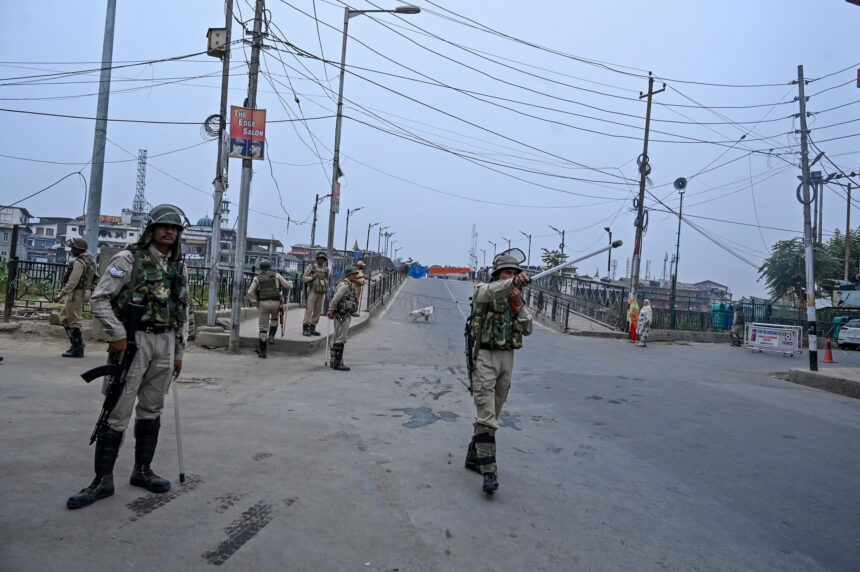In the midst of rising tensions between India and Pakistan, following the recent terrorist attack in Pahalgam, Kashmir, Pakistan is now grappling with another crisis: a looming economic and food security disaster. The World Bank has issued a stern warning, forecasting that as many as 10 million people in Pakistan may face severe food insecurity during the current financial year, exacerbating the already dire situation.
Blow After Blow to Pakistan’s Economy
The World Bank’s warning is the latest in a series of blows to Pakistan. The global institution has already reduced the country’s economic growth forecast to a mere 2.7%, citing stringent economic policies and a growing debt burden. This reduction is expected to further strain the government’s ability to meet its annual budget deficit targets. The debt-to-GDP ratio is projected to rise, making the country’s financial situation increasingly precarious.
Along with the economic slowdown, food insecurity is expected to worsen. According to the World Bank report, climate change and unpredictable weather patterns are predicted to negatively affect the agricultural sector, which is crucial for Pakistan’s economy. Major crops such as rice and maize could face significant production declines, directly impacting rural communities.
Food Insecurity and Its Impact on 10 Million Pakistanis
The World Bank’s report warns that due to the negative impact on agricultural production, an estimated 10 million people—mainly from rural areas—could experience acute food insecurity in the fiscal year 2025. The situation is dire, and millions are at risk of suffering from hunger and malnutrition. With agriculture accounting for a large part of rural livelihoods, the upcoming food crisis is set to deepen poverty levels in the country.
The warning comes at a time when Pakistan is already struggling with rising inflation, high unemployment, and declining wages. These factors compound the nation’s food security issues, pushing vulnerable populations to the brink of survival.
The Growing Poverty Crisis
Beyond food insecurity, the World Bank has also forecast that an additional 1.9 million people will fall into poverty in Pakistan due to the worsening economic conditions. With a population growth rate of about 2%, the poverty rate is expected to rise sharply, further exacerbating the nation’s already overburdened social services.
The report emphasizes that Pakistan’s major economic sectors, including agriculture, manufacturing, and low-value-added services, are experiencing negative growth, which has kept real wages stagnant. This has resulted in high levels of unemployment and underemployment, particularly among youth and women, with Pakistan’s employment-to-population ratio at just 49.7%, one of the lowest in the region.
This World Bank report has issued another warning for Pakistan. It says that with a population growth of about 2% in the country, about 1.9 million (19 lakh) more people are expected to go into poverty this financial year. Not only this, the employment-to-population ratio in Pakistan is 49.7%, which especially indicates that labor market participation is extremely low among youth and women.unemployment and declining real wages. It says that in fact the major sectors for the poor such as agriculture, manufacturing and low value added services are experiencing negative growth, due to which the real wage rate has also remained stagnant.
The Path Ahead for Pakistan
With the combined challenges of rising tensions with India, a growing economic crisis, and a food insecurity crisis looming, Pakistan’s future looks uncertain. The World Bank’s warning serves as a wake-up call for Pakistan’s policymakers to address these issues urgently. Failure to act could lead to even greater suffering for millions of people.
The international community, including financial institutions like the World Bank, will continue to monitor the situation closely, but Pakistan’s internal challenges will require immediate and decisive action to mitigate the impact of the crisis on its most vulnerable populations.


